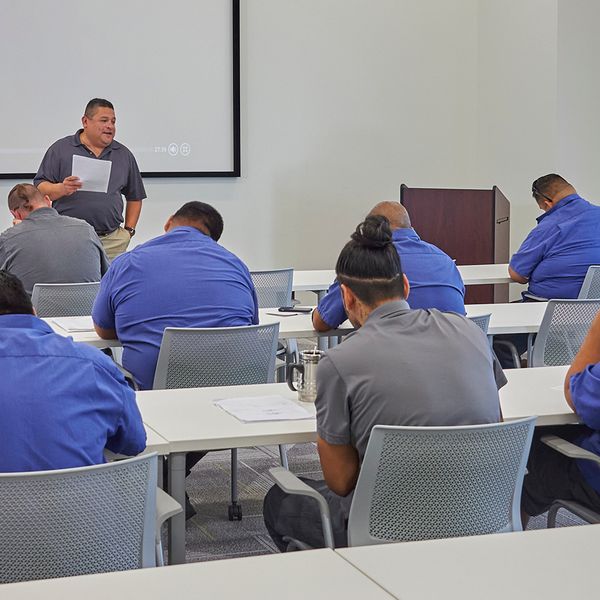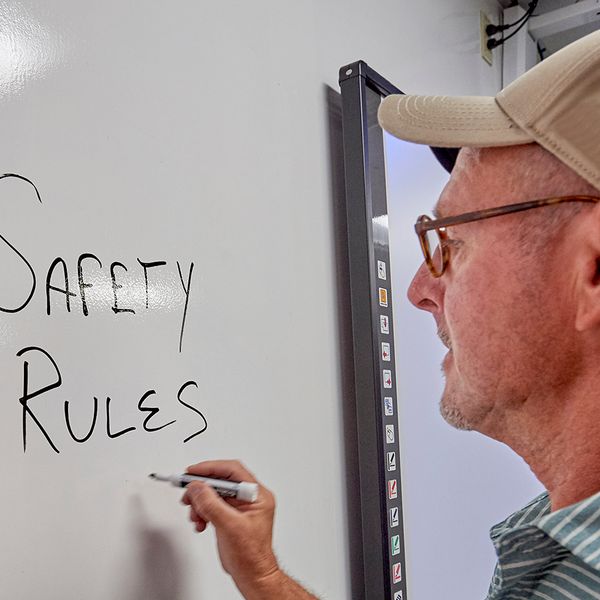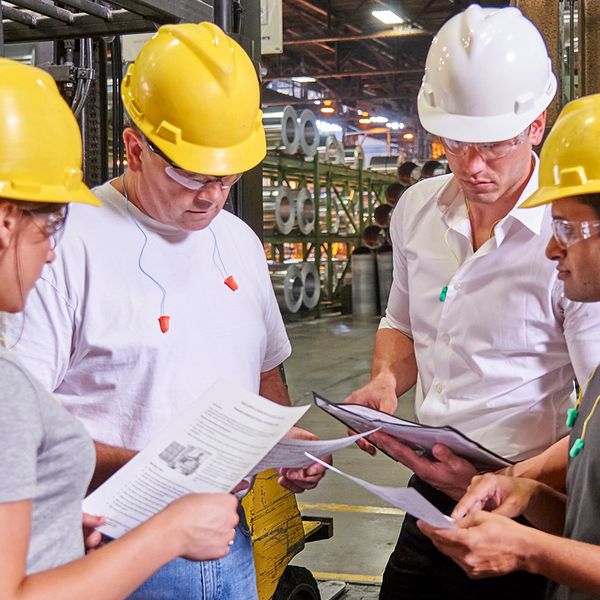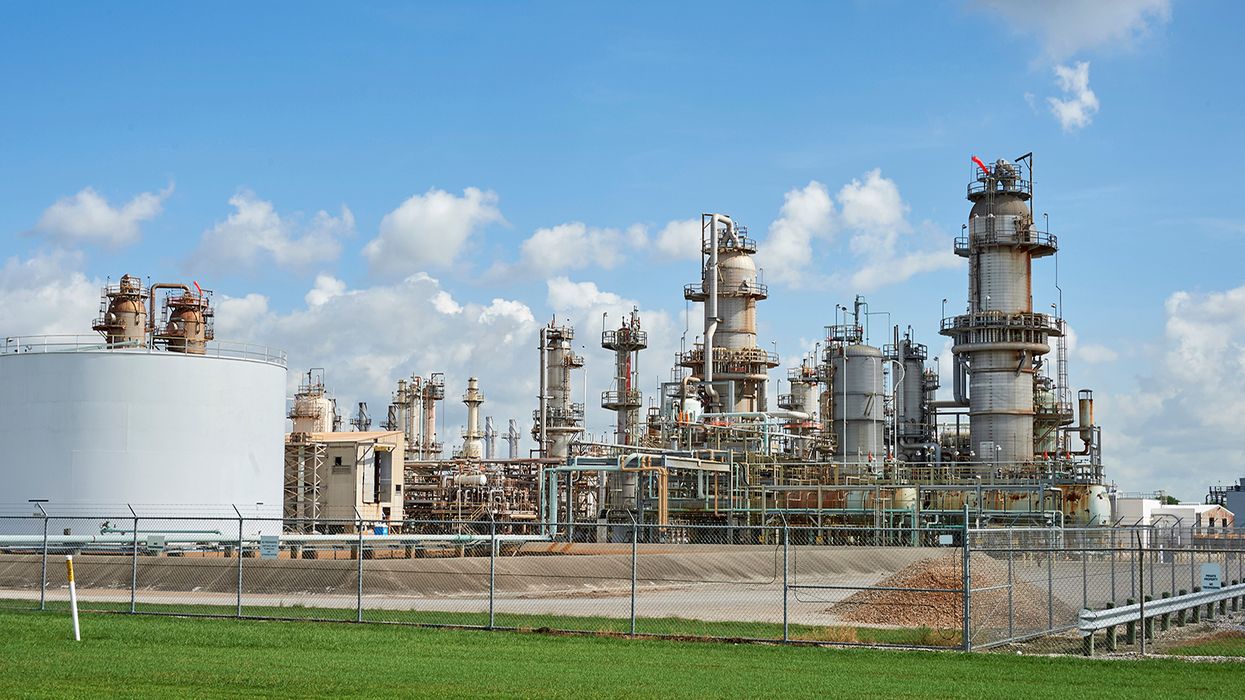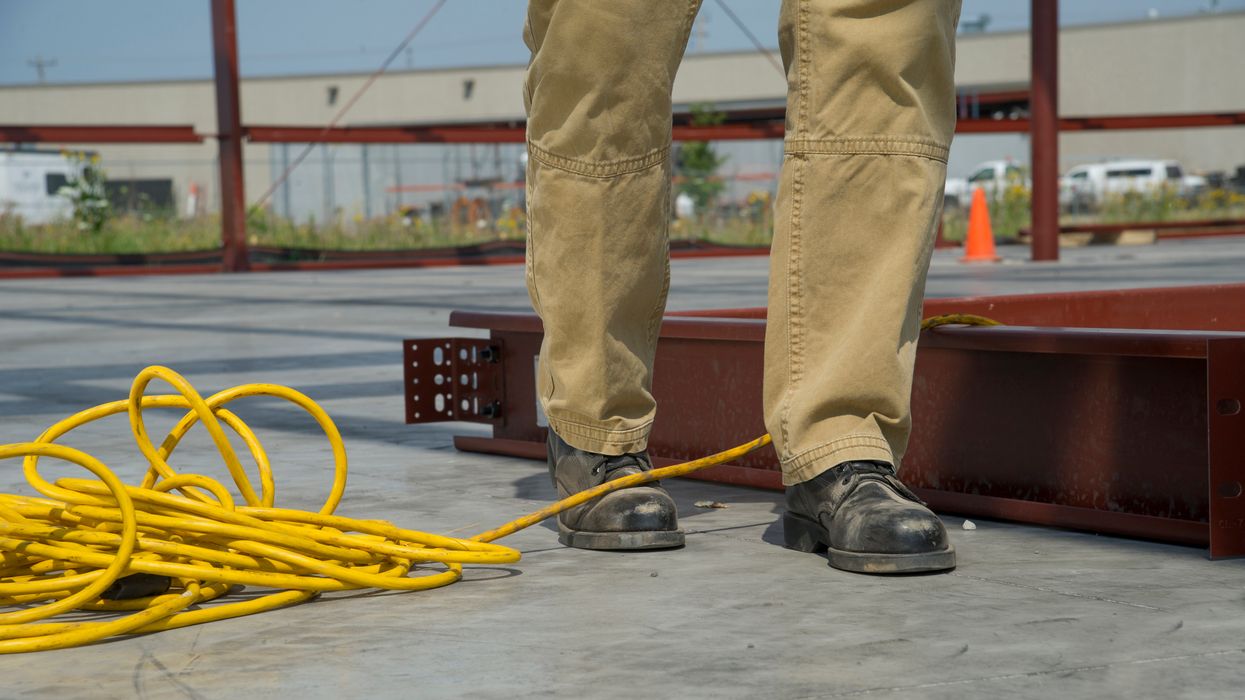Majoring in safety: A look at safety in educational institutions
Facing a unique blend of challenges, Environmental Health and Safety (EHS) professionals in educational institutions grapple with complex issues ranging from safety training and facilities inspections to record keeping and emergency preparedness. It is vital to recognize the risks inherent in these organizations and provide controls to ensure the safety of its employees, students, visitors, and community members.
To better understand the challenges faced in these environments, J.J. Keller recently conducted a pulse poll among its customers who work in the educational field. The poll focused on the challenges they encounter regarding safety and health initiatives in their organizations.
Pulse poll overall results
Overall, when asked about the most challenging aspects of their EHS programs, 31 percent of respondents identified safety training as their biggest challenge. Facility inspections and record keeping tied for second place at 18 percent, and emergency preparedness and response came in third at 14 percent.

Additionally, the respondents commented that other challenges they face are related to the size and multiple campus locations, cooperation across departments, and developing a consistent safety culture across such a diverse organization.
Breaking down the top three even further
Taking the results of the top three above we asked the respondents additional questions to better understand what guided their choice. Their responses were categorized as either very challenging, somewhat challenging, not challenging, or doesn't apply.
Who is the most challenging to train?
To better understand the training challenges even further, the participants were asked to rank different employee categories at their organizations including:
- Trades employees (e.g., maintenance, custodial, buildings grounds, etc.)
- Academic/administrative employees (e.g., teachers, professors, deans, assistants, etc.)
- Student employees, graduate workers, and interns (paid or unpaid)
- Internal or community member volunteers
According to our respondents’ trades employees are the most challenging group to train with the most very challenging responses. However academic/administrative professionals came in a close second for most challenging, but also received the most overall responses when including the results for the somewhat challenging option.
What is the most challenging for ensuring safe facilities?
Ensuring safe facilities for employees, students, visitors, and community members was the second biggest challenge according to the survey. We broke down this category even more to pinpoint what areas are of the most concern including:
- Ensuring audit/inspection compliance (internal or external)
- Providing effective and compliant training
- Complying with contractor/vendor safety requirements
- Determining applicable standards/regulations
According to our respondents, inspection compliance was the most challenging aspect of ensuring safe facilities, receiving the most very challenging responses. Providing effective and compliant training and complying with contractor safety requirements came in a close second. Interestingly enough, determining applicable standards and navigating regulations was noted only as somewhat challenging.
What is the most challenging with incident reporting and recordkeeping?
Incident reporting is a key component in ensuring actions can be taken to minimize repeat injuries and incidents in all workplaces. The complexities of educational institutions create some additional challenges, so we asked our respondents to tell us where the most challenging components stem from including:
- Underreporting
- Data Management
- Lack of training
- Complexity of requirements
- Resource constraints
- Workers’ compensation
- Cultural/language barriers
Our respondents overwhelmingly stated that the most challenging issue within incident reporting and recordkeeping was under-reporting which received the most very challenging responses. Data management and lack of training tied for a close second, while the complexity of requirements, and resources available came in third in the list of options.
Key to remember: Ensuring the safety of everyone within educational institutions is a complex task. With limited funding, EHS professionals are tasked with balancing the safety needs of a diverse group of workers, students, and community members.





